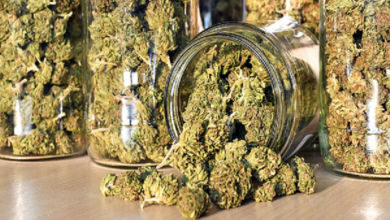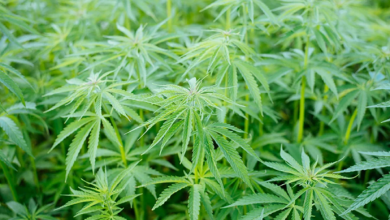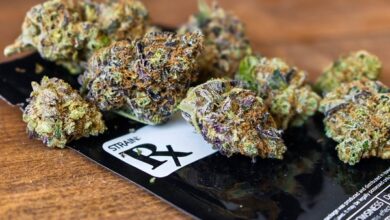There’s Only One Way to Bring Medical Marijuana Prices Down

High prices are one of the chief complaints about medical marijuana. Cost is certainly an issue in Utah, where the state’s medical cannabis program is just over a year old. Patients have to be incredibly careful about what they use and how often they use it. Otherwise, their medicine budgets can blow out of the water. The question is how to bring prices down.
Like it or not, there is only one way to do it. If you don’t know what it is, take a look at the history of industrial hemp. Look specifically at the state of Utah. At one time, industrial hemp sold for a pretty penny. It is now worth a lot less. What happened? Government got out of the way.
Legalizing Hemp Production
Growing hemp was prohibited in the U.S. until 2014. That’s when then-President Barack Obama signed a bill that allowed researchers to begin studying hemp farming. The bill was followed by several attempts to fully legalize industrial hemp in this country. All failed until former President Trump signed a 2018 bill with an amendment that removed hemp from the federal government’s controlled substances list.
That legislation officially made it legal to grow, distribute, and possess industrial hemp. What do you suppose the effect on the market was? If you guessed that everybody and his brother suddenly wanted to get into hemp farming, you guessed correctly. The end result was market saturation and a significant nosedive in prices.
You see, hemp prices were subject to supply and demand both before and after President Trump signed the 2018 legislation. Prior to the bill, demand was high while supply was low. The script was flipped. High supply exceeded demand and prices fell.
Two Ways to Do It
The same market forces will bring medical cannabis prices down if Washington and the states are willing to act. Knowing that, there are two ways to approach free markets. One relies on complete deregulation while the other requires states to chill out.
1. Full Decriminalization
A move by Washington to fully decriminalize marijuana would have the same effect on the medical cannabis industry as it had on industrial hemp. Decriminalization will encourage more people to grow marijuana. Supply will grow exponentially, just about guaranteeing lower prices.
The downside to this strategy is that full decriminalization makes it harder for states to regulate their medical programs for quality and safety. As such, there is a second option.
2. Easing Licensing Restrictions
One of the ways states currently maintain control of their programs is through licensing. Utah is a good example. According to utahmarijuana.org, only a small number of growers are currently licensed in the Beehive State. Just fourteen dispensaries are legal. That is not enough.
Utah and similar states could bring prices down by easing up on licensing restrictions. It is apparent in some of these states that the number of licenses currently allowed is simply not sufficient to meet demand. And until licensing is expanded, prices are going to remain high.
In the end, the one thing both approaches have in common is government getting out of the way. Whenever government chooses to stop restricting business activities, competition increases and prices fall. It is a historically proven fact that is repeatable time and again.
Like it or not, that’s the only way to bring medical marijuana prices down. If we are unwilling to get government out of the way, we must be prepared to pay artificially high prices. It is an unavoidable trade-off.



